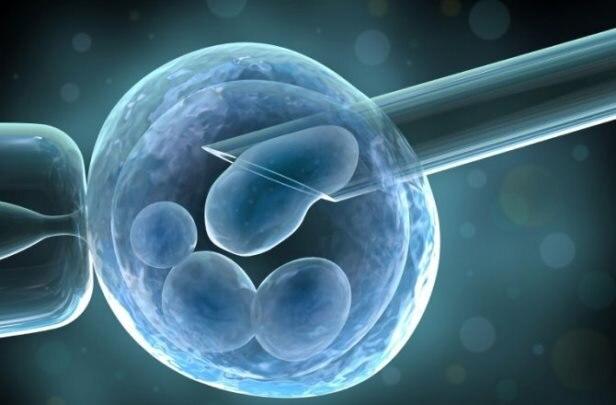Today, synthetic alternatives to the treatment of bone defects are of great interest. They are structures that help differentiate bone marrow progenitor cells and improve physiological deficits by rebuilding the bone’s physical, chemical and biological conditions.
Research has shown that nanotopography (spatial nano dimensionality) and stiffness are the most important physical properties that influence cell fate. Therefore, scientists at the Royan Research Institute, Amirkabir University, and Utrecht University of Medical Sciences in the Netherlands investigated the physical properties of poly-caprolactone nanofibers (PCLs) loaded on multifunctional carbon-based microwaves (F-MWCNTs). They also evaluated how these structures cause phenotypic differences in bone marrow progenitor.
Changes in material properties, protein absorption, and tensile tests were evaluated by high resolution electron microscopes.
For a brief review of Iran’s achievements in various fields of science and technology, check the book “Science and Technology in Iran: A Brief Review – 2019”
Also, the effect of the produced structures on the differentiation of mesenchymal stem cells from bone cells was evaluated by gene analysis.
The results, published by the International Journal of Materials Science & Engineering C, show that the use of F-MWCNT independently controls the hardness of PCL nanofibers based on the thickness of the used F-MWCNTs. They also showed that differences in hardness and topography activate different pathways in osteogenesis of progenitor cells.
The results of this study may help to better understand the biomechanical effects on bone marrow progenitor cells that will lead to improved bone biomaterial production.
